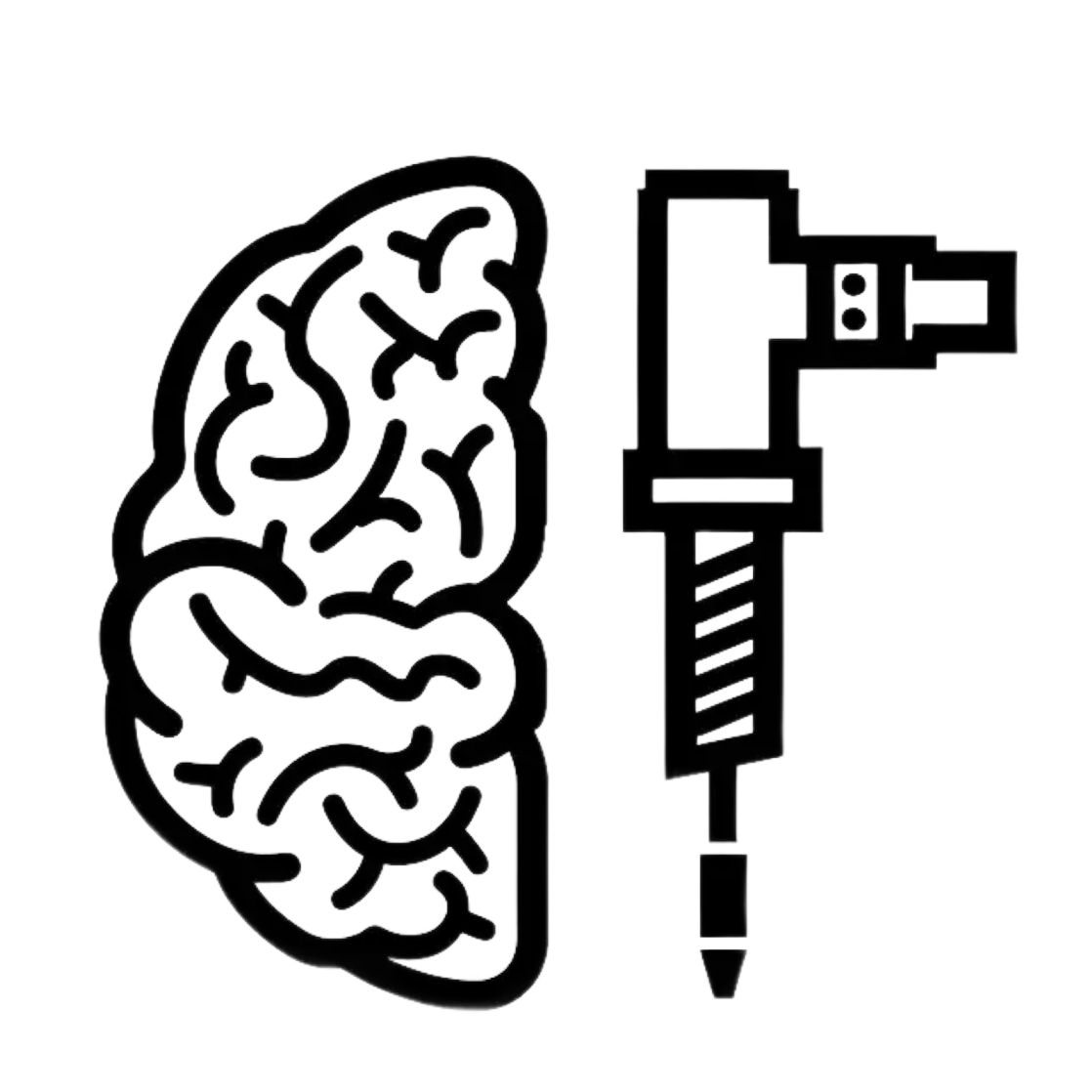Predictive Models
A comprehensive guide to Mineflow's advanced machine learning and AI models for mineral exploration.
Model Selection
When generating predictions in Mineflow, you'll be presented with a selection of models to choose from. Mineflow offers a wide range of predictive models, from traditional geostatistical approaches to cutting-edge deep learning algorithms. Our models are organized into three main categories based on their complexity and capabilities:
Traditional Estimation Methods
Mineflow supports all standard geostatistical methods for comparison purposes and situations where simpler approaches are appropriate:
The simplest estimation method that assigns the value of the nearest sample to each location.
Key characteristics:
- Local estimator with strict distance-based function
- All weight given to the nearest point
- Always uses the exact value of the nearest point
- Useful for initial validation and simple estimations
Assigns weights to nearby samples based on the inverse of their distance, with closer samples having more influence.
Key characteristics:
- Local estimator using distance-based weighting
- More weight given to closer points
- Requires careful choice of power parameter
- Often biased down-hole unless declustered
Similar to Simple Kriging but estimates the local mean from nearby samples.
Key characteristics:
- Local estimator with data-driven variogram
- Does not require knowledge of the mean
- Estimator will drift to local neighborhood mean
- Industry standard for many resource estimates
An extension of Ordinary Kriging that incorporates trends or drift in the data.
Key characteristics:
- Accounts for regional trends in the data
- Can handle non-stationary means
- Requires more parameters than Ordinary Kriging
- Useful for deposits with clear spatial trends
A deterministic interpolation method that uses radial functions centered at data points.
Key characteristics:
- Global estimator with data-driven variogram
- More flexible than kriging for complex patterns
- Drift behavior can be specifically chosen
- Popular in Leapfrog and other 3D modeling software
While these traditional methods are useful for certain applications and provide familiar outputs for geologists, they all share fundamental limitations in capturing the complex, non-linear relationships that characterize real mineral systems. That's why Mineflow provides more advanced machine learning and deep learning alternatives.
Prediction Outputs
Mineflow models can generate various types of prediction outputs:
2D Predictions (Cross Sections)
Visualize predicted values (from an IDW interpolation) on cross-sectional planes:

3D Predictions
Explore volumetric predictions (from an IDW interpolation) in full 3D space:

2D Prospectivity Maps
Generate surface maps showing mineral potential across a region:

